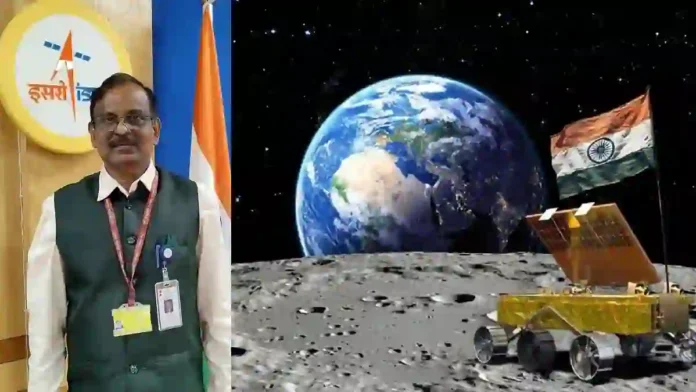ISRO chairman Dr V Narayanan, speaking in Coimbatore on September 18, 2025, revealed that about 85% of the research required for India’s first human spaceflight program, Gaganyaan, has been completed. He emphasised that the mission remains ISRO’s foremost priority, and major technological systems such as crew module validation, life-support architecture, heat-shield testing, and abort demonstration sequences are nearing full readiness.
The program will progress gradually through a series of unmanned missions, the first of which is scheduled for December 2025, with Vyommitra—the AI-enabled humanoid robot—slotted to fly towards the end of this year as part of a crew-environment simulation experiment.
Read- In Another Blow To India, US Revokes Sanctions Waiver On Iran’s Chabahar Port
Narayanan underlined that Gaganyaan will be a precursor to more ambitious projects, stating for the first time that ISRO aims to send an Indian crewed mission to the Moon by March 2027, aligning it with accelerated timelines for human-rated launch vehicles and deep space habitation systems.
The Moon program will build on parallel advances from Chandrayaan-4, which plans to incorporate Vyommitra in its lunar sample retrieval mission, marking a leap ahead in autonomous operations on extraterrestrial surfaces.
The chairman highlighted that ISRO’s imaging and sensor capabilities rank among the best globally, with advanced high-resolution cameras and geophysical instruments ready to be integrated into the lunar missions.
He pointed out the growing role of Artificial Intelligence in ISRO’s R&D, both in mission planning and spacecraft autonomy, enabling long-duration missions without continuous Earth-based intervention.
Read- Will Saudi Arabia Attack India If India Strikes Pakistan Again
Read- Forces To Form 3 Joint Military Stations To Bolster Integration
The roadmap also includes two additional unmanned launches post-December, intended to fine-tune the human spaceflight systems before final crewed flights.
Narayanan stressed that the residual 15% of research is progressing rapidly, with key focus areas being crew safety redundancies, advanced docking mechanisms, and life-support sustainability for interplanetary voyages.
The announcement positions India to become only the fourth nation with near-term capability for crewed lunar exploration, leveraging both indigenous innovation and advanced AI-enabled space robotics.
Based On TOI Report
Agencies




